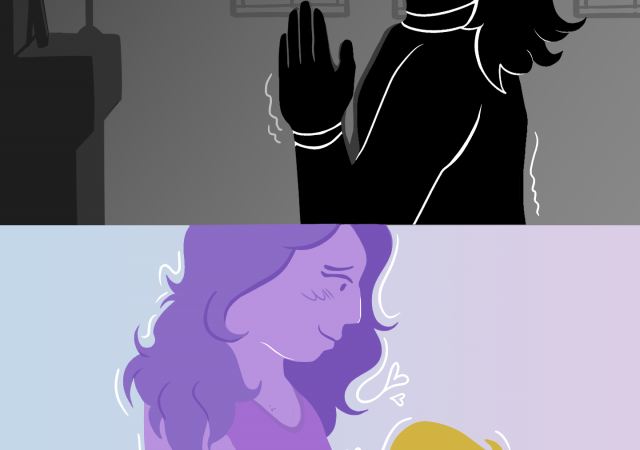Kevin Atwater (he/him) is a singer-songwriter from a small town in Illinois called Downers Grove. He gained a significant following on TikTok, and is known for sharing his personal and confessional songwriting with the world.
Coming Out(Write): Our Stories – National Coming Out Day 2022
Welcome back to Coming Out(Write): Our Stories, a social media series started in 2021. This series occurs annually during the week following National Coming Out Day (October 11th), exploring our staff’s experiences with and opinions on coming out.
Inherently and Creatively Political with Christopher Ikonomou: Disability Pride (Month) Spotlight
For a special edition of the Disability Month Spotlight series, I was fortunate enough to interview our very own Editor-in-Chief, Christopher Ikonomou (xe/he).
National Center for Transgender Equality Announces Launch Date for 2022 U.S. Trans Survey
The National Center for Transgender Equality (NCTE) recently announced that the 2022 U.S. Trans Survey (also known as the USTS) is set to launch on October 19th.
Hair: Chronicling My Journey to Queer Joy
The hardest part about being a Brown person who was socialized as a girl was enduring the constant jabs about my hair. I hit puberty at 9, which meant that there were years and years of constant insecurity about my hair. It was too much, too messy, and there was always hair in all the wrong places. The hair on my head was beautiful, thick, and long, but the hair on my body was ugly, thick, and wrong. As a Brown person, my facial and body hair were always under scrutiny, especially because my hair grew at faster rates (and was much thicker) than my other peers. I was tormented for my Frida Kahlo-like brows, for my arms that looked like a werewolf’s, for my body not being up to par with white, cishet beauty standards. One time, my aunt cruelly joked that she was going to gift me money for laser hair removal because the hair on my arms was too much for her.
A Revisit
In July 2021, I decided to revisit my childhood school, Eisenhower Elementary. I decided to go because I had felt so many emotions from the culmination of so many situations, relationships, experiences, and lessons, and I was left with this feeling like I was losing myself. I had recently discovered I was attending UCLA, and much of what was tying me back to the Bay Area was slowly dissipating. The days felt like a blur, like reading the pages in a book and realizing you’ve made it to the end of a chapter and you remember nothing. The sense of liminality and being in a transition plagued me. I was looking for definition from the abstract, something concrete from the abyss.
Whale Cart
Created by Zoë Collins (She/Her) This piece was originally published in our Spring 2022 print issue “Reflections of Radiance.“





























